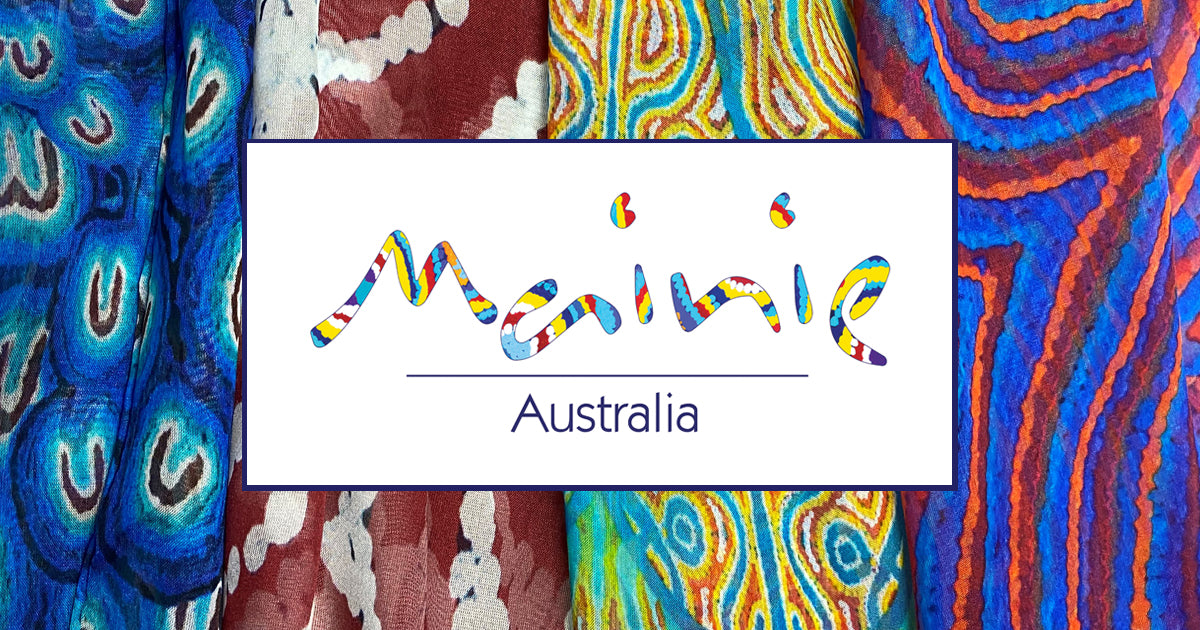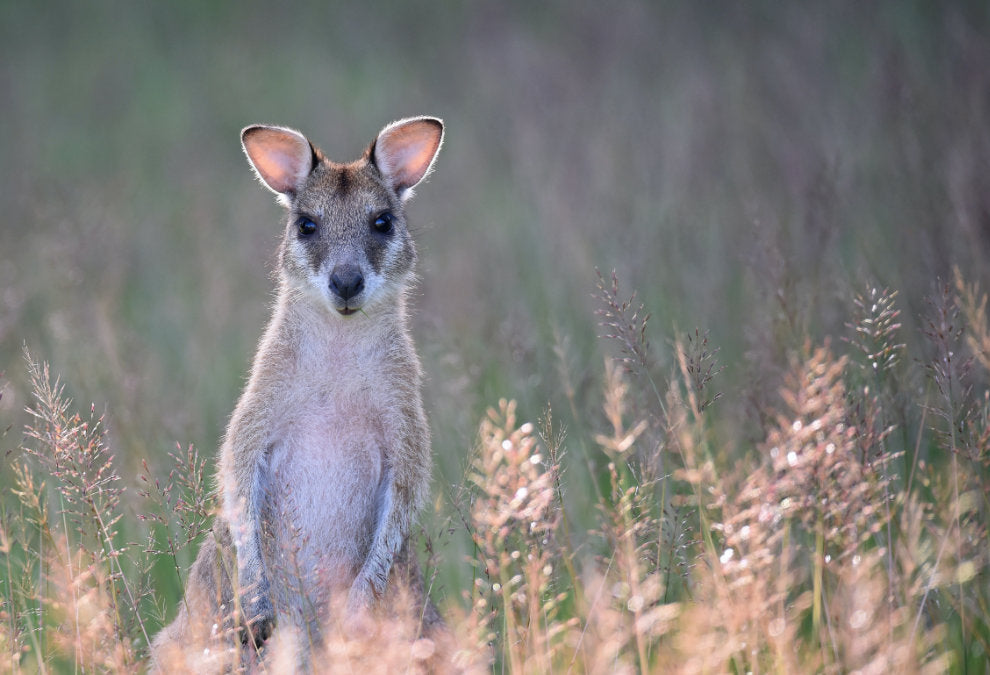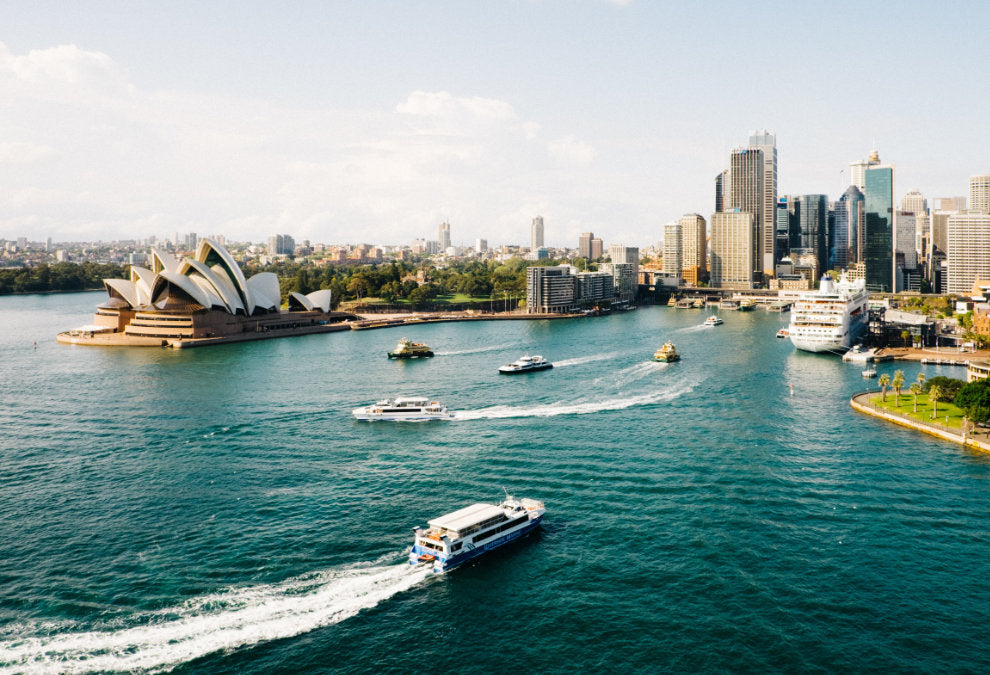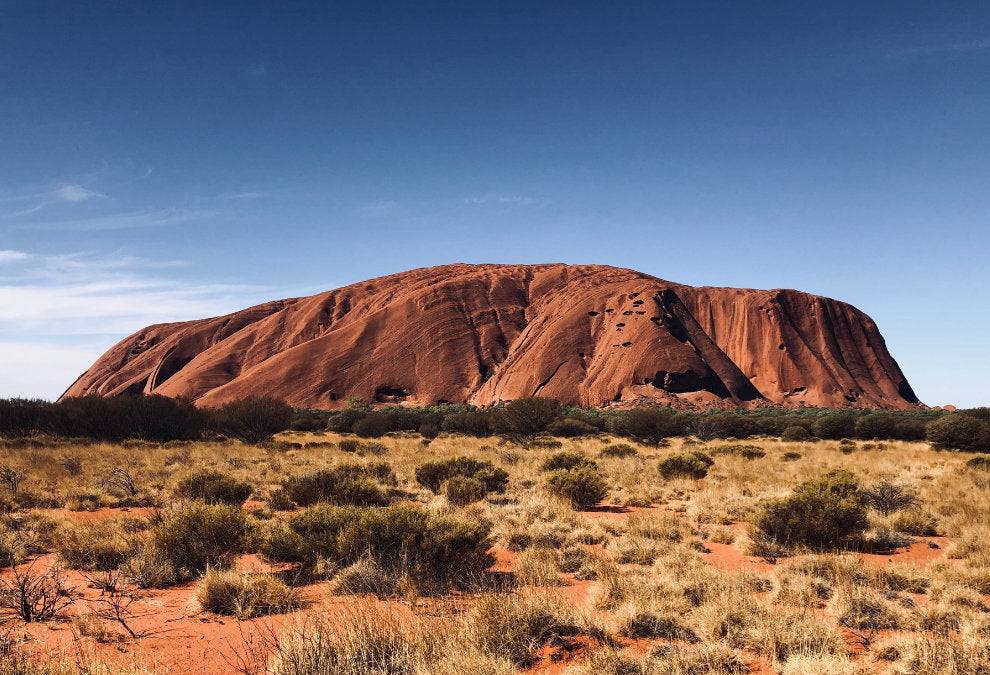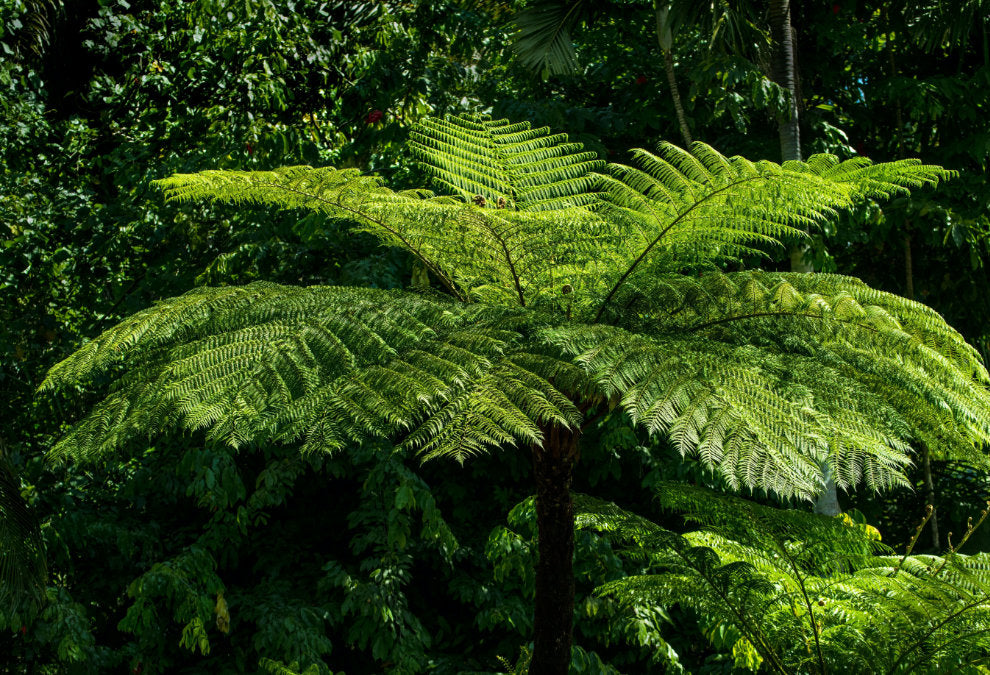
Uluru: The Heart of the Australian Outback
Uluru rises out of the Outback landscape
Almost every superlative in the English language could be applied to the wonder that is Uluru. Even the most gifted writers in the world have struggled to find words to describe this ancient landmark.
Although I am not a writer, I would like to tell you the story of my own experience at Uluru.
My wife Charmaine, Managing Director of Mainie, and I are very list-oriented people. We have our daily, weekly and quarterly lists for everything. The topics are segmented into two main categories – ‘like to do’ and ‘must do’. Many years ago, we commenced the detailed planning of our business, Mainie, and of our own personal ambitions – particularly, our ‘bucket list’.
As neither Charmaine nor I are ambitious global travellers, our couples bucket list mostly consisted of iconic destinations in Australia. It was an extensive list as I recall, commencing at the number one rated destination on the tourism list, down to about number 50.
The top two ‘must see and do’ were Uluru, and the Great Barrier Reef and rainforests of North Queensland. We could not separate the rating, so we decided both destinations were number one. We have lived in tropical North Queensland for many years, so the North Queensland natural heritage features have been ticked and re-ticked many times over and have never been taken for granted.
In a past life, in an engineering career, I worked the oil and gas fields of the Simpson Desert, the mines of Tennant Creek and the power stations in Darwin. On my infrequent leave away from these projects, I found time to explore the local cities and towns such as Alice Springs, Tennant Creek and Darwin, and other regions like Kakadu. I always thoroughly enjoyed these adventures.
Meanwhile, as a federal government public servant for many years, Charmaine worked and lived in remote Indigenous communities in the Central Desert region of Northern Territory, so she knew and appreciated the uniqueness of these communities.
Charmaine and I are both fascinated by the Northern Territory. Its remoteness, its often-unexplored wilderness, unique flora and fauna, sheer wild beauty, and vastness – all this and more spoke to us and said, ‘You must see the NT’. As the popular NT tourism jingle said, ‘You will never never know, if you never never go’.
So, all of this culminated in Charmaine and I committing to an extensive trip to Uluru – NUMBER 1 on ‘the list’.
We planned our Uluru adventure thoroughly, but no amount of research could have prepared us for our introduction to the ‘wonder of the world’ that is Uluru. I know the Uluru is not officially listed as one of the seven wonders of the world, but it is a magnificent wonder in the true sense of the word.
We flew into Alice Springs and enjoyed this extraordinary desert city, overlooked by the imposing and ever-present West MacDonnell Ranges. The number of international tourists in Alice at that peak tourist season amazed me. Foreign accents were heard everywhere we went. Like us, they had come to tick the bucket list.

Alice Springs Sunset
After spending a few days in Alice, we drove south to Uluru. It was a pleasant and intriguing 3-hour drive – the scenery was never boring, always changing and constantly interesting. We made a couple of stops, so did not rush the journey.
There is a little trap known as the ‘false rock’, which is actually Mount Conner. This edifice is impressive in its own right but is sometimes confused by the rookie tourist with Uluru itself. You have been warned! If you visit the Mt Connor lookout, and walk across the road, you can then climb a small sand dune, and you will be amazed at what you see. Go and find out for yourself.
 Mt Connor - The False Rock
Mt Connor - The False Rock
We were just getting used the desert scenery after leaving Mount Connor, when Uluru appeared on our left. I shall never forget my first glimpse of Uluru.
We were both silent with awe, and completely channelled into getting closer as soon as possible. Uluru becomes more mesmerising, the closer you get. It changes colours and shapes; it disappears behind dunes and re-emerges constantly. It is difficult to concentrate on driving and staying on the road.
We arrived at the Uluru National Park entrance, in the late afternoon of day one and slowly drove around Uluru for the first time. Again, we drove mostly in silence, as Uluru has its own presence. I know it sounds crazy, but Uluru seems to communicate with you and demand concentration and attention to detail. I think that is the reason this first introduction to Uluru has stayed vividly in my memory.
I felt a connection with the cultural and spiritual significance of Uluru and its traditional owners, the Anangu People, whose ancestors had walked on these lands since the dawn of human history in Australia over 60,000 years ago.
Sunrise on day two was memorable as well. We stayed at the Sails in the Desert Hotel, which is magnificent – while quite busy, it was not frantic or overcrowded by any stretch.
Dawn at Uluru is on every ‘must do’ on all the tourist advice and promotional literature, so we rose around 4 am and headed to the dawn viewing area about 10 minutes away. To our amazement, there were literally thousands of people there waiting for the scheduled 5 am dawn. We took up a great position, cameras ready, and calmly waited for what was a lifetime experience.

Sunrise at Uluru
I cannot even start to describe the colour and shape changes of Uluru during the dawn. From black to purple to gold, to orange to ochre, and that’s just a very limited description of colour. Shape and shadow changes are as if designed by a world-acclaimed artist or found in some sort of graphic unreal movie scene. I am unable to find words to describe it. It has to be experienced and, during the experience, it becomes very personal. While cameras capture the images, the memories are lasting.
Charmaine and I have been to Uluru many times since and experienced some of Uluru’s secrets which I’ll detail in a later blog but, as a teaser, did you know that Uluru has its own rainforest, its own permanent water hole and many more features that will captivate you.
Uluru is a MUST experience for all Australians.
Uluru is ancient.
Uluru is spiritual.
And Uluru is truly Australian.

Aboriginal Rock Art at Uluru
Posted by Denis Keeffe, Executive Director of Mainie Australia


